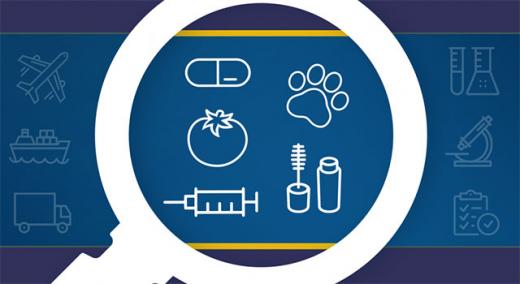During the past year, the U.S. Food and Drug Administration’s (FDA) approach to foreign and domestic inspections for food and medical products has been both risk-based and deliberate. The Covid-19 pandemic required us to rework our business operations so that we could carry out our public health mission while protecting our workforce and the workforces of those we regulate.
|
ADVERTISEMENT |
Food and medical-product manufacturers of FDA-regulated products generally are required to have a quality management system in place—known in the food industry as preventive controls systems for food safety plans—to ensure that their products are suitable for the U.S. consumer. The FDA conducts inspections to verify that these quality management systems are in place and operating as required, and to note and mandate corrections when they are not functioning appropriately. While onsite inspections represent a key tool, they are one part among multiple components of a comprehensive approach to the oversight of FDA-regulated products.
…

Add new comment